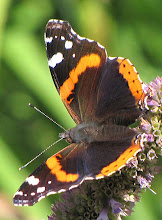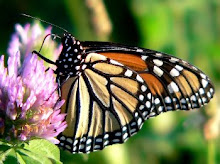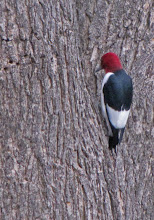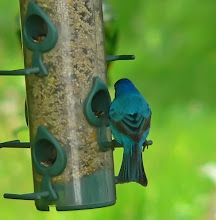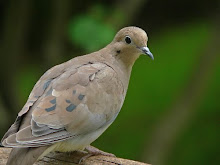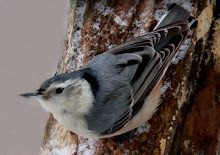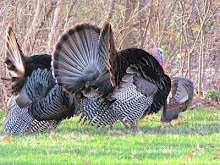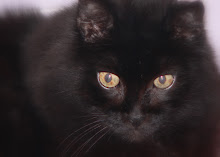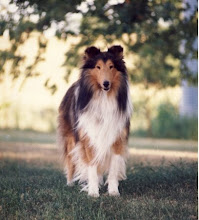It's true that in the north, we don't have as many hydrangea varieties to choose from. Even if we did, Annabelle would be my first choice. So many good points to recommend this shrub. It is very long blooming. Her ivory flowers brighten shady nooks from July through October. Even into the winter, Annabelle holds faded ecru blooms above the barren stalks and stems of last season's garden. She has no pests or disease in my garden. She is reliably hardy with little or no die back even in the cruelest winters. Another bonus, Annabelle produces great flowers for cutting. The blooms last a long time indoors and dry well for additions to autumn arrangements. Her one drawback is her excessive thirst. Since water conservation is high on my priority list, the Annabelles in my garden must make do with rain water and the occasional 5-gallon bucket dipped from the 'rain barrel'.

Annabelle's showy clusters are about 6-inches in diameter. They make a visual impact from quite a distance. Flowers begin in pale green progressing through hues of white, ivory, cream and then ecru with traces of brown.
 Carl Sandburg does not seem like the kind of poet that would write about hydrangeas--but he did. Instead of the lovely, ivory summer snowballs I see, Carl Sandburg's hydrangeas are rusting tin soldiers. In this instance, I'm glad I don't see with the eye of a poet. (Sandburg may have been referring to the native hydrangea arborescens; a pretty plant which is very hardy but does not have the substantial flower clusters of Annabelle).
Carl Sandburg does not seem like the kind of poet that would write about hydrangeas--but he did. Instead of the lovely, ivory summer snowballs I see, Carl Sandburg's hydrangeas are rusting tin soldiers. In this instance, I'm glad I don't see with the eye of a poet. (Sandburg may have been referring to the native hydrangea arborescens; a pretty plant which is very hardy but does not have the substantial flower clusters of Annabelle).
Hydrangeas
- by Carl Sandburg
Dragoons, I tell you the white hydrangeas
turn rust and go soon.
Already mid September a line of brown runs
over them.
One sunset after another tracks the faces, the
petals.
Waiting, they look over the fence for what
way they go.







